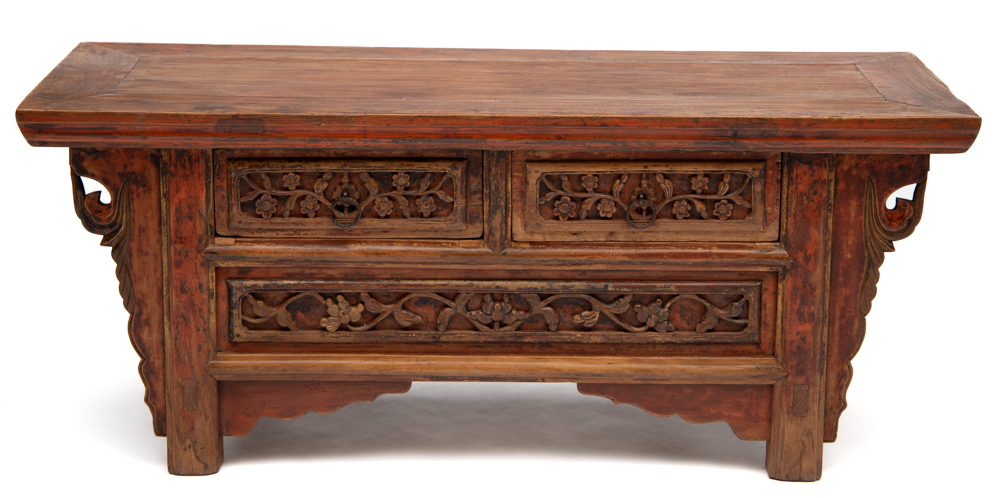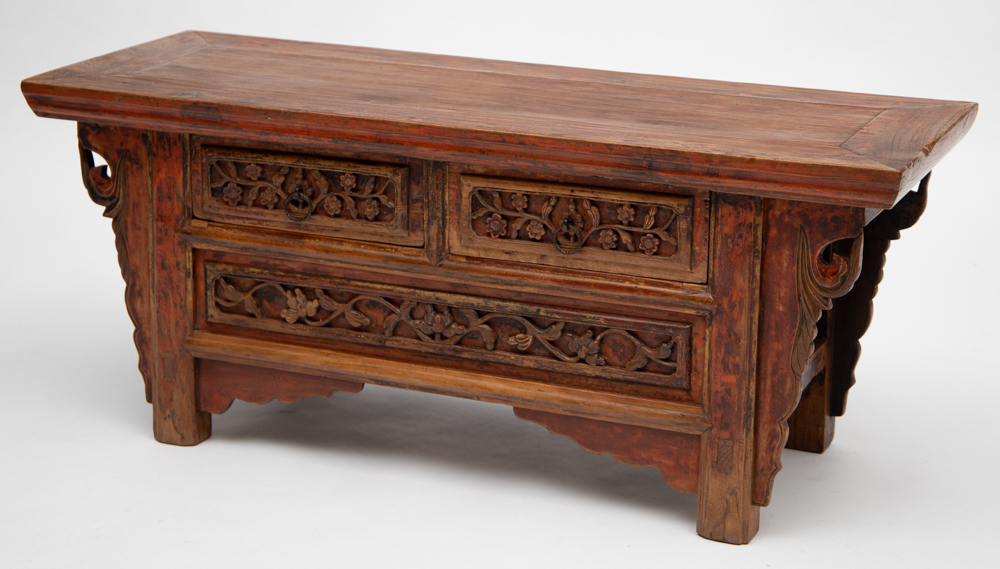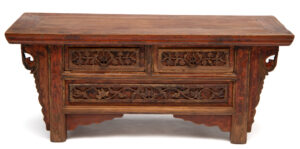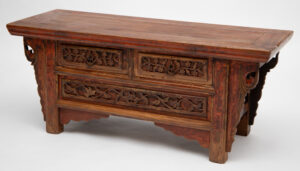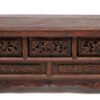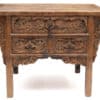Two drawer kang with peach blossoms
$1,495.00
19th century
- elm
- 108cm W x 40cm D x 45cm H
A shipping fee is calculated to deliver this item to the metropolitan areas of Brisbane, Sydney, Melbourne, Adelaide and Perth. Contact us to arrange a quote for delivery to other areas.
1 in stock
Make an EnquiryNote: Shipping of art is free in Australia

